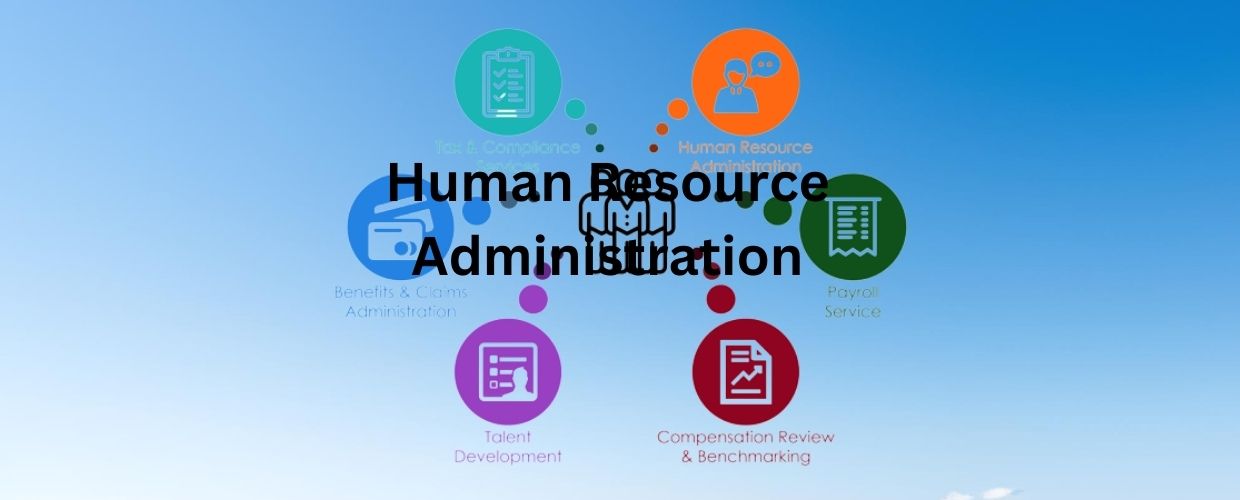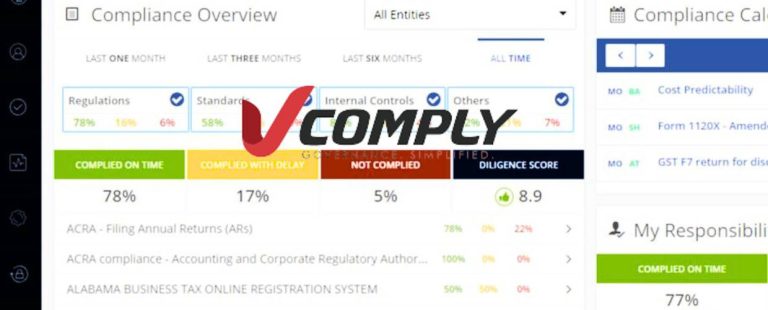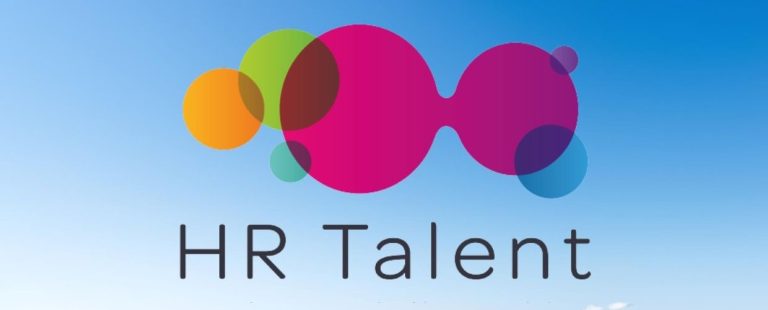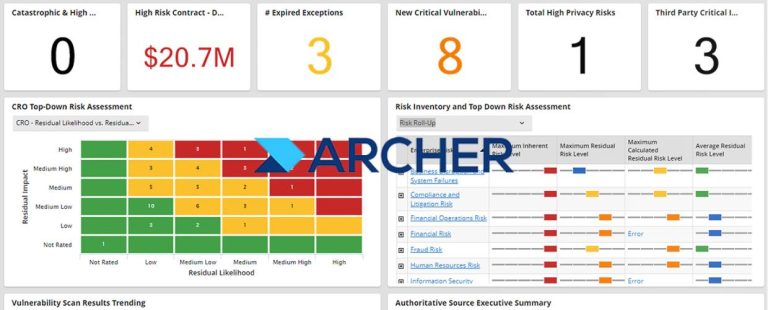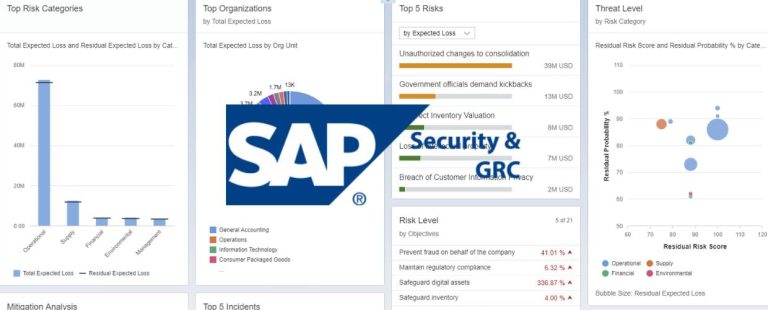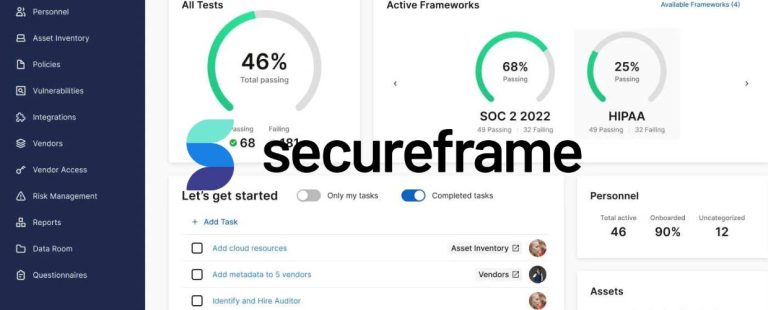Human Resource Administration is a pivotal function that drives the success of organizations by managing the entire lifecycle of employees, from their initial recruitment and onboarding to ongoing talent development and eventual off boarding. This multifaceted role is crucial for cultivating a positive work culture, ensuring legal compliance, and fostering an environment where employees can thrive. In this comprehensive article, we will delve into the profound significance of Human Resource Administration, explore its key components, and examine how it contributes to transformative organizational success.
The Significance of Human Resource Administration
Human Resource Administration is the cornerstone of effective organizational human capital management. The following points further underscore its paramount importance.
Talent Acquisition and Recruitment
Human Resource Administration is vital in strategically identifying, attracting, and selecting suitable candidates for the organization. By meticulously defining job roles, creating compelling job descriptions, and leveraging various recruitment channels, HR ensures that the organization is staffed with individuals possessing the necessary skills, qualifications, and cultural fit.
Employee Onboarding and Integration
Smooth onboarding processes are instrumental in easing new hires into their roles and the organizational ecosystem. It designs comprehensive onboarding programs that encompass not only paperwork and procedural formalities but also immersive experiences that familiarize newcomers with the company’s values, mission, and colleagues. It accelerates the integration process, reducing the time it takes for employees to become productive contributors.
Employee Development and Training
A dynamic workforce is an asset to any organization. Human Resource Administration designs and implements robust training and development initiatives that address skill gaps and emerging industry trends. By offering continuous learning opportunities, workshops, online courses, and mentorship programs, HR ensures employees have the skills and knowledge needed to excel in their roles and beyond.
Performance Management
Human Resource Administration establishes a framework that aligns individual goals with the broader organizational objectives. Regular performance evaluations provide employees with constructive feedback, enabling them to track their progress and make necessary improvements. Additionally, performance management systems assist managers in recognizing top performers, identifying areas for improvement, and making informed decisions about promotions and rewards.
Employee Engagement and Retention
Engaged employees are more likely to be productive, innovative, and committed to their roles. Human Resource Administration goes the extra mile to create an engaging work environment through team-building activities, recognition programs, and wellness initiatives. These efforts contribute to higher job satisfaction, increased employee loyalty, and reduced turnover rates.
Legal Compliance
Navigating the complex landscape of labor laws and employment regulations is a critical responsibility of Human Resource Administration. By staying abreast of changes in legislation, HR ensures that the organization operates ethically and avoids potential legal pitfalls. This proactive approach safeguards the organization’s reputation and financial stability.
Critical Components of Human Resource Administration
Human resource administration is a crucial aspect of any organization, as it plays a key role in managing the workforce and ensuring that the company’s goals are met.
Recruitment and Selection
Human Resource Administration meticulously plans and executes the recruitment process. It includes crafting targeted job descriptions, posting vacancies on various platforms, screening applications, conducting interviews, and ultimately selecting the most suitable candidates. A well-structured recruitment process ensures the organization attracts individuals who align with its values and goals.
Employee Onboarding
Effective onboarding goes beyond paperwork. Human Resource Administration designs comprehensive onboarding programs that encompass a warm welcome, a clear overview of the organization’s structure, introductions to key team members, and an introduction to company culture. This process accelerates the integration of new hires, reduces the time it takes for them to become productive, and enhances their sense of belonging.
Training and Development
Human Resource Administration continuously assesses the skill gaps within the organization and designs targeted training programs. These programs may include workshops, seminars, online courses, and cross-functional training sessions. By fostering a learning culture, HR ensures employees have the skills to excel in their current roles and prepare for future responsibilities.
Performance Appraisal
A robust performance management system is crucial for setting clear expectations, tracking progress, and providing regular feedback. Human Resource Administration collaborates with managers and employees to establish performance goals, conduct periodic evaluations, and identify opportunities for improvement. Constructive feedback and recognition motivate employees to perform at their best consistently.
Employee Engagement and Retention
Human Resource Administration designs and implements initiatives that enhance employee satisfaction and engagement. It includes organizing team-building activities, recognizing outstanding contributions, and providing opportunities for professional growth. A positive work environment and a sense of purpose increase employee morale and retention.
Compensation and Benefits
Managing compensation and benefits packages is a critical responsibility of Human Resource Administration. By conducting regular market research, HR ensures that the organization offers competitive salaries and benefits that attract and retain top talent. Fair compensation is a crucial driver of employee motivation and loyalty.
Employee Relations and Compliance
Human Resource Administration serves as a bridge between employees and the organization. HR professionals are trained to handle employee concerns, mediate conflicts, and ensure that the workplace remains inclusive and respectful. Additionally, HR ensures compliance with labor laws, equal opportunity regulations, and other legal requirements, thereby mitigating legal risks.
Transformative Impact of Human Resource Administration
Human resource administration has a transformative impact on organizations by ensuring that the right talent is recruited, employees are trained to improve their skills, and performance management is in place to meet the company’s expectations.
- Talent Attraction and Retention: An adept Human Resource Administration function enhances the organization’s ability to attract top-tier talent and retain valuable employees. It reduces turnover rates, lowers recruitment costs, and fosters a stable and experienced workforce.
- Organizational Productivity: Human Resource Administration enhances employee skills and competencies through strategic training and development initiatives. This results in a more proficient workforce capable of driving innovation, meeting goals, and contributing to the organization’s overall success.
- Workplace Culture and Morale: Employee engagement programs, open communication, and a shared sense of purpose cultivate a positive workplace culture. Human Resource Administration plays a pivotal role in shaping this culture, leading to improved morale, higher job satisfaction, and increased employee loyalty.
- Legal Compliance and Risk Mitigation: Human Resource Administration’s commitment to legal compliance safeguards the organization from potential legal liabilities and reputational damage. By adhering to labor laws, anti-discrimination regulations, and health and safety standards, HR mitigates risks associated with legal disputes.
- Leadership Development: Identifying and nurturing future leaders is a strategic function of Human Resource Administration. By implementing leadership development programs, HR ensures the organization has a robust pipeline of capable leaders who can steer the company toward sustained success.
Conclusion
In conclusion, Human Resource Administration is the driving force behind an organization’s people-centric strategies. HR professionals play a transformative role in shaping organizational success, from sourcing exceptional talent to fostering a nurturing work environment.
Human Resource Administration creates a harmonious workplace where employees are empowered to thrive and contribute to the organization’s growth by prioritizing employee well-being, promoting continuous learning, and adhering to legal and ethical standards. Embracing HR as a strategic partner paves the way for a high-performing workforce, positioning the organization for enduring success in today’s dynamic and competitive business landscape.
